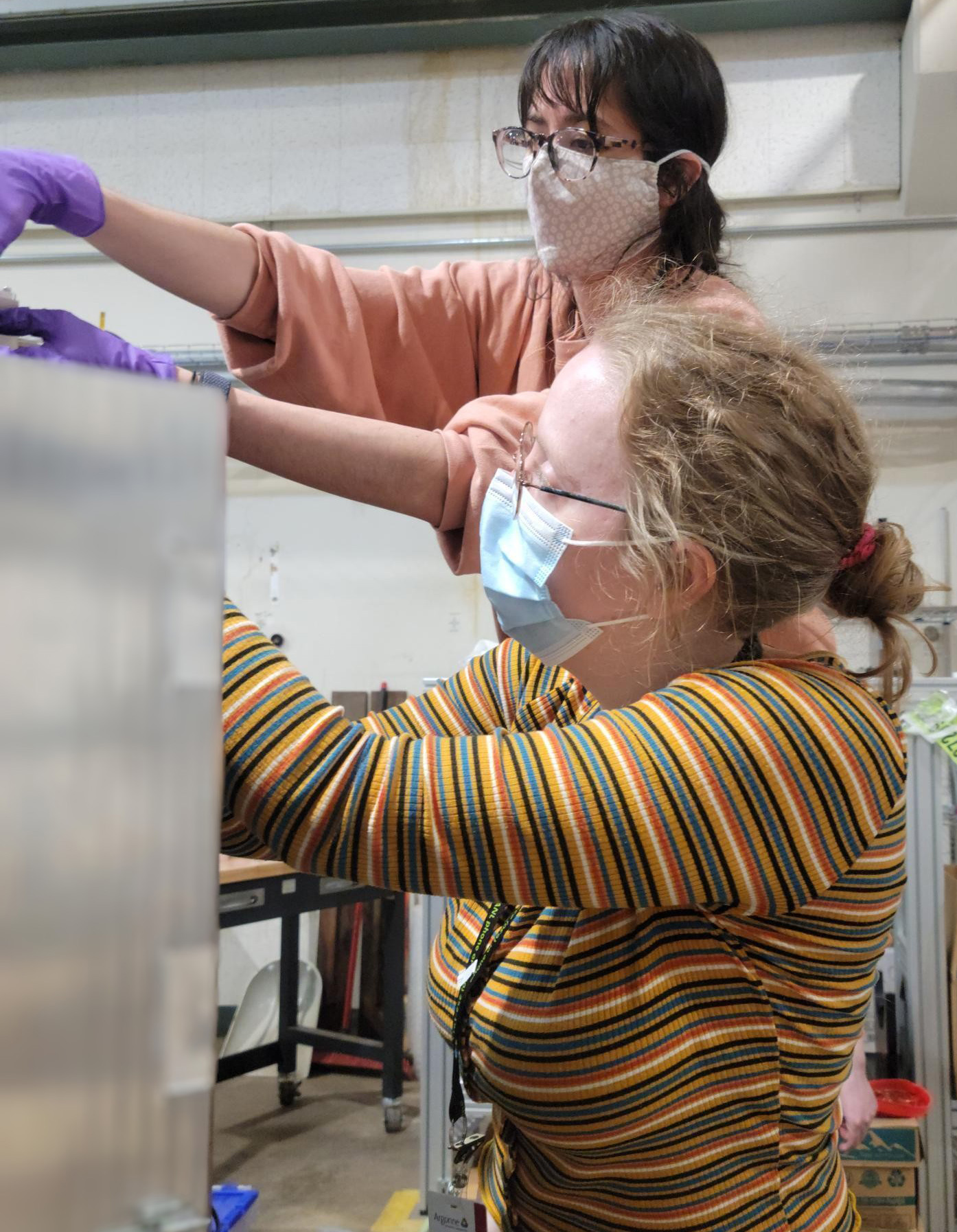Hannah Christine Berg is starting her fourth year as a doctoral student in the Department of Physics and Astronomy at Michigan State University. She’s a researcher in experimental nuclear astrophysics and a recent recipient of the prestigious Department of Energy Office of Science Graduate Student Research Program grant. The grant, which “prepares graduate students to enter jobs of critical importance to the DOE mission,” will allow her to collaborate with researchers at Lawrence Livermore National Laboratory. She grew up in Norway and earned her bachelor’s and master’s degrees at the University of Oslo.
After obtaining my degrees at the University of Oslo, I decided to pursue higher education in the United States and wanted to make sure that I would be challenged and experience growth as a researcher, and I wanted to have the opportunity for adventures as well. My current career goal in the short term is to graduate with my doctorate and to explore as much of the U.S. as I can while I am completing my studies. In the long term, I would like to have an interesting, exciting career that would afford me enough work-life balance to be able to explore my passions outside of work as well.
When it came to finding my doctoral research and mentor, I knew that I wanted to work somewhere that would allow me to grow as a researcher and be treated like a colleague with my adviser and postdoctoral researchers in my group. In particular, I was looking for a great adviser, access to an accelerator lab and opportunities to travel for experiments and conferences. These were my ideal parameters for finding a good match in graduate school, but I also wanted to make sure that the program support was sufficient.

I had the great fortune of meeting my current adviser while I was a master’s student at a summer school in South Africa. Artemis Spyrou, professor of physics at the Facility for Rare Isotope Beams, or FRIB, and in the MSU Department of Physics and Astronomy, was one of the lecturers. I was very impressed and in awe of her achievements and the research she was doing. My master’s adviser also knew her well. I felt that if I came to work with her at MSU — studying how chemical elements are made in the cosmos and how elements naturally fall apart, or decay, at the subatomic level — I would thrive.
Another aspect that drew me to MSU was, of course, the opportunity to work at FRIB, which has recently come online and taken the first data for science experiments.
I am excited to be part of all that FRIB has to offer and can’t wait to participate in future experiments as well. A large component of my current research is done at Argonne National Laboratory, and I am grateful that I’ve been able to travel there to do research as well as at other national labs.
I am really looking forward to my DOE fellowship at Lawrence Livermore National Laboratory because I’ll be able to focus wholly on my project and to do a deep dive into the techniques and research as well as be closely connected to experts at LLNL. I can’t wait to start working with them and to connect better to the researchers whom I’ve gotten to know over the years.
